SAPPHIRE NITRO+ Radeon RX 480 video card review
Conclusion and Final Thoughts
As it has been discussed a lot lately, here are the results when you put the Nitro+ RX 480 against the GTX 1060 AMP! Edition from Zotac. According to AMD and Nvidia both reference models, based on price, reside in the same market; somewhere in the $200-300 price range. On AMD’s side of things, the 4 GB reference board is 199 and 8 GB version is 229. On Nvidia’s side, the GTX 1080 6GB version (3G not available when I tested this card.) retails for $250. The card I tested is the 8 GB RX 480.
Much like two boxers that stand toe to toe, trading punches, and go 12 rounds then take it to the cards, there isn’t really a clear winner in the performance arena. These cards trade blows for the lead in the different tests but with no large leads between them. In all but two games and for the most part the difference in frames per second between the two cards was less than 10 frames per second. As a consumer and a technology junky, this is when I get excited. I get excited when the market can actually bring competition.
The RX 480 was purpose built to do one thing: 1080p gaming at 60 fps. In most games we tested against, that mark has been hit and surpassed. Moving up past 1080p to 2K, there’s a significant performance hit, but with a little tweaking of the in game graphics settings, 60 frames per second shouldn’t be that hard to reach with a little loss in visual quality.
The reference cards have a set price. Board partners release cards that are higher in price, which is expected. The retail price (newegg) of the Sapphire Nitro+ RX 480 is 280.00 which is an increase of $50.00 over the reference board. The Zotac GTX 1060 AMP! retails (newegg) for $10.00 more at 290.00.
Personally, I would much rather have a partner board rather than a reference board and here’s why. In the past, I’ve seen cooling issues (with both manufactures) and I feel that the reference coolers are built to just “get by” where partner boards typically design new, or redesign existing coolers to fit. Typically these yield better cooling results and affords a littler more overclocking headroom.
I really like the simple but sophisticated appearance of the Sapphire Nitro+ Radeon RX480. It has a very simple outward appearance. Again, going back to the purpose built, it doesn’t need a lot of flash and flair to cool well. On the back, a nice solid aluminum backplate finishes the card off well. One the edge of the card there is subtle LED lighting that can be set to various colors or have colors represent a range of temperatures. As the GPU heats up, the colors change. Speaking of cooling, during testing I tested on both an open test bench and inside a production case, the Phanteks Enthoo Primo. On the open test bench, the card reached a steady temperature of 63°C with an ambient air temp of 23°C. The fans spun up to a max of about 45% according to MSI’s afterburner. In the open air bench, the fans could be heard but, it wasn’t really noticeable. Inside the case sitting next to my desk, the temperature rose slightly to a max of 66°C and the fans still never went above 45% of their Max RPM and with the GPU actually in a case, I could not hear the card running.
Testing was not without it’s issues. When I first started testing this card, it would randomly reboot the PC when ever a game was launches and only happened when trying to play a game. Eventually this lead me down the path of using AMD’s latest drivers at the time, which were non-WHQL and the issue that was causing a reboot was the fact that the monitor and GPU weren’t syncing up on the refresh rate. If I left the adapter to auto, it would reboot but, if I manually set the adapter to 60 Hz, all is good and we can move on. Unfortunately Sapphire’s TRIXX software did not work with the driver version at the time and has since been updated.
To me, it is worth the extra 50.00 or so for a partner card just for the increased cooling alone. Granted, with reference boards you can increase cooling by going to a waterblock. However, upgrading to a water block is going to cost upwards of $100+ depending on the card and the water block.
In my opinion, Sapphire has done a fantastic job with their implementation of the RX 480. From aesthetics to performance, the Sapphire Nitro+ hits a home run. Overall, I’d happily recommend this card to any one looking to build or upgrade their rig.

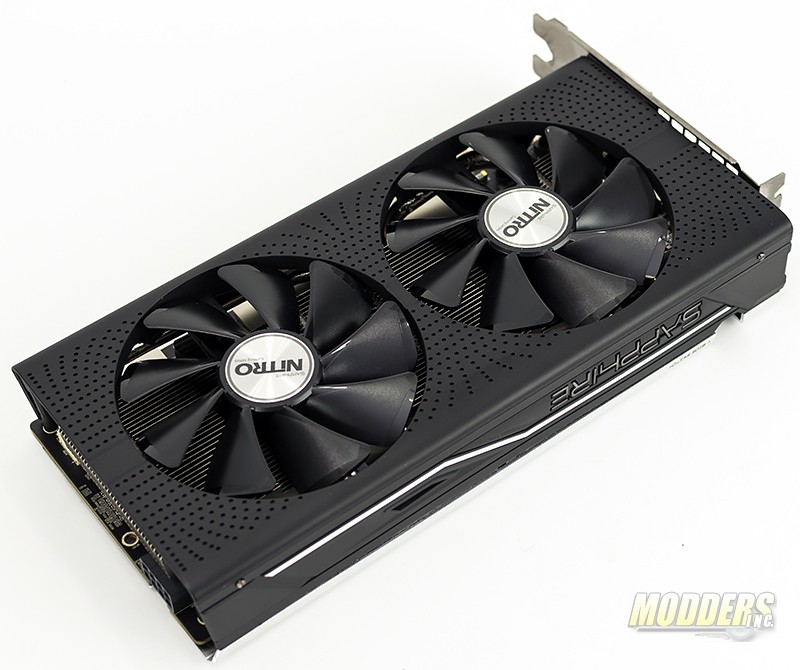
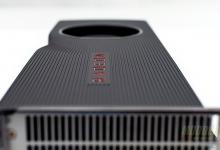
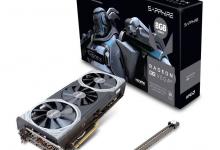
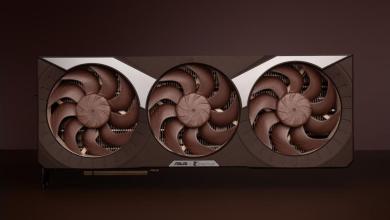
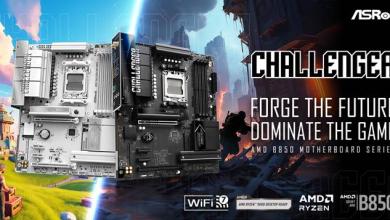

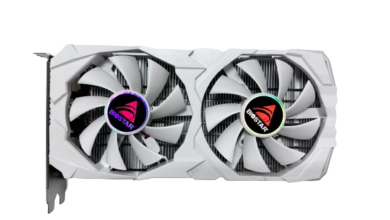
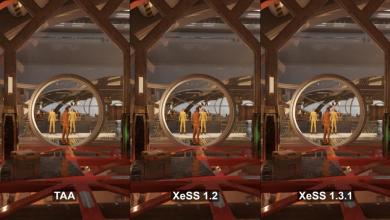
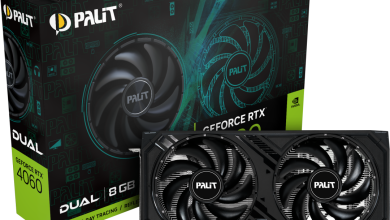

Under ‘Test System’ and ‘Conclusion’ section of this review, you mention using the GTX 1060 for comparison. The test result graphics display GTX 960.
Thanks for pointing that out. The charts have been updated to show the proper name of the cards that were tested. -Tom
AMD RX 470 with 4GB can run most games at 1080p 60fps, and it only costs $200.
RX 470 is a much better value than RX 480 or GTX 1060.